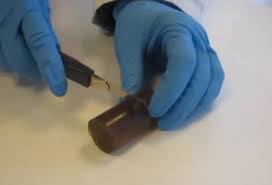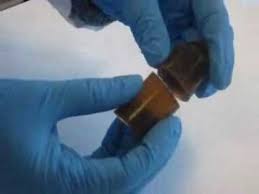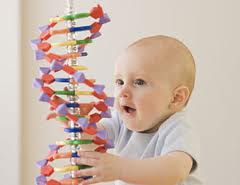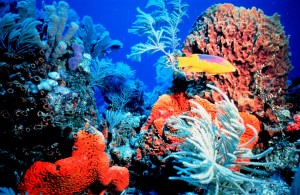One of the problems with plastic is that it is very difficult to repair once damaged. When there is a hole in your plastic bucket you cannot generally mend it. But researchers in Spain have developed the world’s first self healing plastic.
Researchers at the CIDETEC Centre for Electrochemical Technologies in San Sebastian, Spain have developed a plastic that once broken can heal itself. All the user has to do is put the pieces together and leave it at room temperature for a couple of hours, and the material kind of re-molds itself. The repair is said to be 97% perfect within a couple of hours, and perfect 2 days later, and a Youtube video demonstrating the strength of the repair is really quite incredible.
Plastics are made up of polymers, a long chain of molecules that are connected through chemical bonds. Natural polymers are everywhere. In nature, many polymers heal themselves when broken or sliced. Think of your skin when you have a small cut — as the two sides of the cut bind back together, you’re witnessing a self-healing polymer in action.
Synthetic polymers are just as common. Scientists started creating nylon and synthetic rubber to make up for the shortage of silk and rubber during World War II. PVC, polyester and many forms of plastic soon followed.
The Spanish have developed the first human-made self-healing polymer to function without a catalyst, they report in the Sept. 13 issue of the journal Materials Horizon. There are in fact other self healing plastics, but they require a catalyst to start the process (ultra violet light for example). Readers might know about self scratch repair paint, as advertised on TV. This paint is made from prawn shells, a fine example of a natural self healing material that uses the sun as catalyst.
The article states that “The idea behind this is to reconnect the chemical crosslinks which are broken when a material fractures, restoring the integrity of the material. This is expected to provide polymers with enhanced lifetime and resistance to fatigue”.
The researchers say this breakthrough will allow them to create stronger sealants, paints, adhesives and more. This could eventually lead to self-repairing pipes, bicycle tires and toys, among a million other possibilities.
Sounds great to me, and the less plastic we throw away the better.




